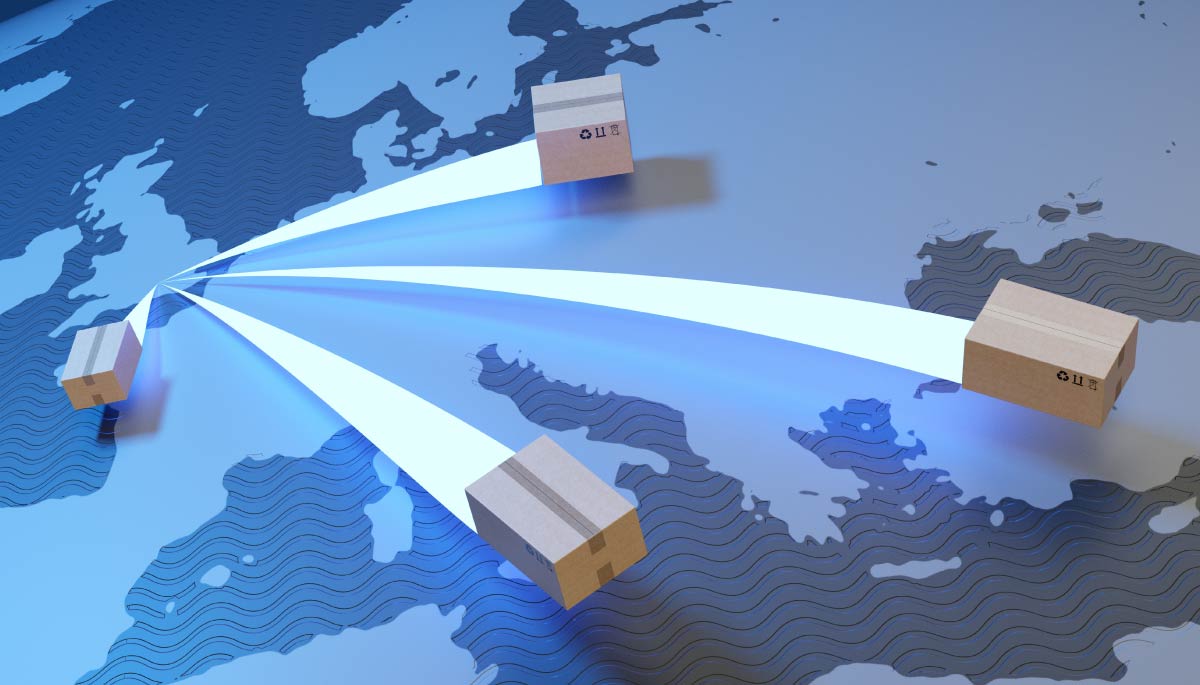
Experientialism: Keeping the High Street Relevant in a “Digital-First” Era
The reopening of the UK high street came as a momentous occasion as consumers flocked to non-essential stores for the first time after months of ongoing lockdown restrictions. Whilst online shopping became the norm over the last year, it is safe to say consumers missed some of the more tangible in-store experiences. According to PFS’ recent research report titled ‘Overcoming the Physical Disconnect’, 80% of consumers revealed they missed at least one aspect of the shopping experience while shopping online. This led to high street footfall doubling in just a week of reopening and April retail sales soaring by 9.2%.
To remain competitive and thrive in this new “digital-first” retail era, retailers need to be equipped with the tools to respond to a new “view-in-store and ship to home” model, as consumers favor cost, convenience and experientialism. By accommodating these changing demands, brands and retailers can generate greater customer loyalty than ever before. There is hope for the high street yet, but it will be dependent on retailers’ ability to offer experience and choice.
To make this a true success, an effective fulfilment strategy and intuitive distribution network are needed. This includes investment in functions such as buy online, pick-up in-store (BOPIS) and ship-from-store; as well as effective order management systems with distributed order management (DOM) technology that can bridge the gap between both channels.
Making use of every sq ft
To further support this hybrid future, brands can also make the most of existing store space by doubling up as “mini” distribution centers to support online sales. By capitalizing on that facility as a stockholder, retailers can make every square foot work for its money. From this position of strength and agility, the idea of collect in store, ship-from-store, shop in store, or direct delivery can all be enabled from just one location.
To remain competitive and thrive in this new “digital-first” retail era, retailers need to be equipped with the tools to respond to a new “view-in-store and ship to home” model, as consumers favor cost, convenience and experientialism. By accommodating these changing demands, brands and retailers can generate greater customer loyalty than ever before. There is hope for the high street yet, but it will be dependent on retailers’ ability to offer experience and choice.
[/vc_column_text][/vc_column][/vc_row]Amongst those missed aspects of the high street during lockdown, almost half (49%) of consumers missed the social aspect of shopping, deeming it a leisure activity. Whilst absence has certainly made consumers grow fonder of the high street during lockdown, this could well be short-lived as 34% of consumers expect to return to online shopping after the initial buzz has died down.
So, how can brands keep up in a “digital-first” age?
To survive in this new retail era, high street retailers must urgently adapt – taking the aspects missed most by consumers during the lockdown, maximizing them, and using them to their advantage. However, competing with the online realm would be a wasted effort. Instead, brands should strike a balance between the two, focusing on an experience-based approach or “experientialism.” As high streets reopen more than one-third (37%) of the Gen Z cohort expect retailers to offer more of an in-store “experience” than they did before lockdown, e.g. hosted events, catwalks, product launches, or personalized makeovers.
One example of a brand successfully bridging the gap between online and offline is The White Company. By allowing customers to “shop live” online by connecting to a one-way video call with in-store experts, customers can explore products as if they were visiting a store. For John Lewis, experiences such as virtual sewing and cooking classes have been an effective way of supporting consumers’ changing lifestyles.
A hybrid approach
The rise of eCommerce doesn’t necessarily spell the end for the high street, but rather a change to its core functions. The future will be underpinned by an omnichannel approach where brick-and-mortar and eCommerce operations work hand in glove. By converting physical stores into browsing locations to try, test, and experience, whilst positioning eCommerce as a transactional platform, retailers are more likely to meet future shopping requirements for experientialism.
To make this a true success, an effective fulfilment strategy and intuitive distribution network are needed. This includes investment in functions such as buy online, pick-up in-store (BOPIS) and ship-from-store; as well as effective order management systems with distributed order management (DOM) technology that can bridge the gap between both channels.
Making use of every sq ft
To further support this hybrid future, brands can also make the most of existing store space by doubling up as “mini” distribution centers to support online sales. By capitalizing on that facility as a stockholder, retailers can make every square foot work for its money. From this position of strength and agility, the idea of collect in store, ship-from-store, shop in store, or direct delivery can all be enabled from just one location.
To remain competitive and thrive in this new “digital-first” retail era, retailers need to be equipped with the tools to respond to a new “view-in-store and ship to home” model, as consumers favor cost, convenience and experientialism. By accommodating these changing demands, brands and retailers can generate greater customer loyalty than ever before. There is hope for the high street yet, but it will be dependent on retailers’ ability to offer experience and choice.
[/vc_column_text][/vc_column][/vc_row]

